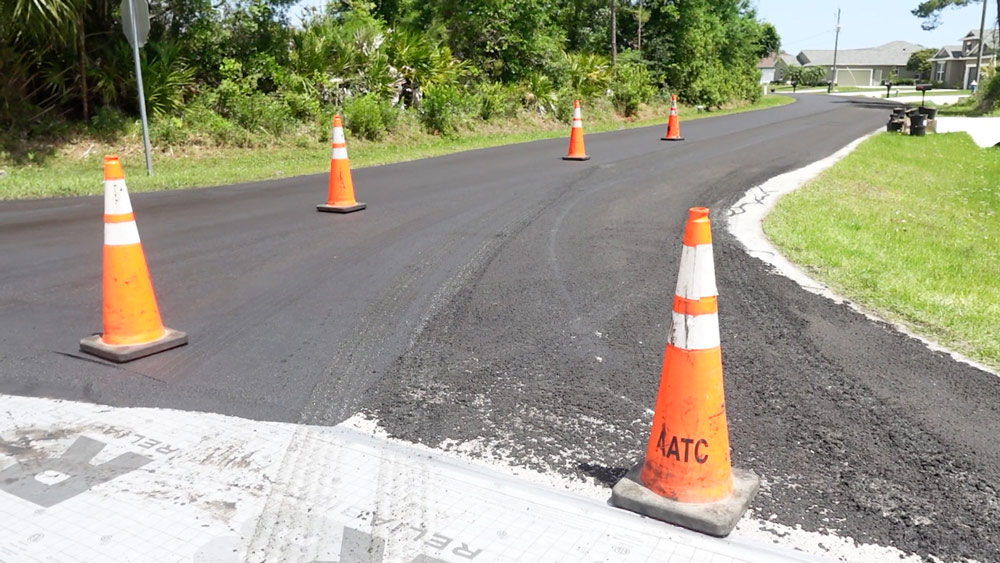
More than 30 residential streets in Palm Coast–23 lane miles, or 11.5 miles of roadway out of the city’s network of 542 miles of roads–are getting a life extension with a coating of micro-surfacing, a form of asphalt treatment for roads in relatively good condition that can prevent decay and delay by five to seven years the need to mill and resurface the road with traditional paving methods.
Micro-surfacing is quick and comparatively inexpensive, but not a permanent solution. Local governments adopt the approach typically when they need to stave off road deterioration but don’t have the necessary dollars to repave streets. The city started micro-surfacing last year. This year’s micro-surfacing in Palm Coast, conducted by Asphalt Paving Systems, is costing roughly $1 million.
The work is part of a five-year street-management plan, started last year when the city was facing an annual $10 million shortfall in street funding. At the time, the city projected having only $1 million, or one year’s worth, of micro-surfacing money. The City Council approved an additional year.
What is technically called “High-Performance Micro Surfacing” involves the application of crushed granite aggregate and polymerized asphalt emulsion (think of tarred and liquefied plastic), creating a protective layer that shields the underlying asphalt. The road then regains its darker, new-asphalt-like look and produces a smooth ride. The new surface is around three-eighth of an inch. The micro-surfacing itself does not seal cracks nor protect against cracks: the sealing must take place before the micro-surfacing, as does any minor repair to the road.
Because the micro-surfacing is so thin, it does not protect the road against structural damage. But it is ideally suited for Palm Coast’s low-traffic residential streets.
According to a city release, the selection of streets for micro-surfacing was based on a data-driven approach. Only local residential roads were considered, while cul-de-sacs and collector roads were excluded due to the treatment’s suitability and higher traffic volumes. Roads were selected with a Pavement Condition Index (PCI) rating between 73 and 80, to ensure preventative maintenance is applied before significant degradation occurs. (The higher a road’s rating, on a scale of 1 to 100, the better its condition. In 2017, the average rating across the city’s residential streets was 74. In 2021, the average rating had fallen to 70.
To optimize planning, operations, and budget considerations, roads within the same neighborhood and exhibiting similar conditions were grouped together. Efforts were also made to ensure a fair geographic distribution, incorporating roadways from various neighborhoods across the city.
The roads scheduled to receive High-Performance Micro Surfacing are as follows: Ballard Lane, Ballenger Lane, Baltimore Lane, Barbera Lane, Barkley Lane, Barkwood Lane, Bassett Lane, Carr Lane, Cerrudo Lane, Collins Lane, Eastgate Lane, Eastman Lane, Eastmoor Lane, Fairbank Lane, Faircastle Lane, Fairmont Lane, Lancaster Lane, Lansdowne Lane, Louisburg Lane, Louvet Lane, Post Lane, Post Oak Lane, Post Tree Lane, Postman Lane, Rosecroft Lane, Rosepetal Lane, Royal Leaf Lane, Royal Palm Lane, Royal Tern Lane, Wood Center Lane, Wood Clift Lane, and Wood Crest Lane.
Residents will be notified in advance of work beginning on their streets starting in the spring. Project updates are available here.
Actual milling and resurfacing is also taking place. For example, late last year, Royal Palms Parkway, which had begun to resemble the Oregon Trail in parts from a combination of age and the incessant rumble of trucks from a massive subdivision project, was repaved from Belle Terre Parkway to Town Center Boulevard, as were Pine Lakes Parkway and Rymfire Drive. Palm Coast Parkway is on the 2025-26. The north part of Belle Terre Parkway (north of Palm Coast Parkway) is on the 2027-28 schedule.


















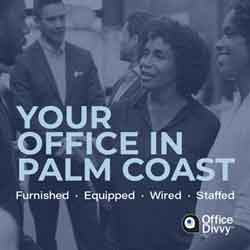
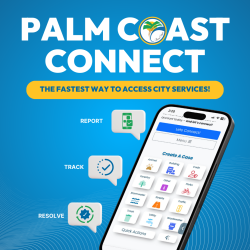

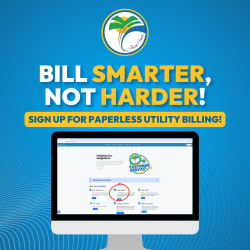


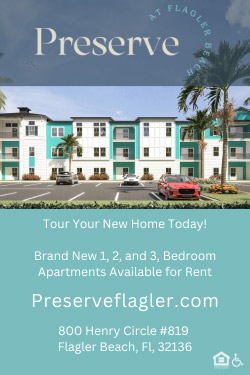



Dennis C Rathsam says
The lipstick comes out, but the pig keeps squawking What snakeoil salesmen sold this to the city? I think your all gonna look like LOLLYPOPS…… While our water quality SUCKS!
Shark says
What snake oil salesman came up with this ???????
Nicholas Wilkins says
Theres money in the budget for Micro surfaced streets while our neighborhoods have no sidewalks think about the safety and well being of your residents instead of financing micro surfaced streets that’s how you know whoever is managing Palm Coast needs to be replaced with someone who knows what there doing you have over a billion dollars in homes with no sidewalks or street lights how about we upgrade that first thing first so our elders and kids can safely commute.
John Q. Public says
Bunnell was the first to use it because they had no money to a mill and pave. Since then they have used on roads that were in bad shape. To their surprise it performed well. Bunnell used it again not too long age.
The City of Flagler Beach used the micro- surface on a few streets and the City Engineer liked it so much he asked to City Commissioner’s to pave the rest of the City saving them millions.
Thank you Councilwoman Pontieri for pushing staff to consider this money saving process.
Us residents need a break.
Thanks,
John Q. Public
Pig Farmer says
Florida Park and Cimmeron are both starting to look like the Oregon Trail also.
Cindy says
So a temporary fix is costing roughly $1 million dollars! And with all the developing going on you really think this temporary fix will last 5 years. LMAO, I have an idea instead of temporary fixing certain streets why don’t you put that money towards the water treatment plant so I can flush my toilet without having to pay an increase in my rate that as of today I cannot afford.
Dennis says
What happened to fixing Whiteview? I don’t see it on the list
Maverick says
While we’re at it, can we put in a request to micro surface Old Kings Road. It too is like driving on the Oregon Trail. Every time we ride on it, it feels like it’s tearing up the tires. In as much as it’s slated for widening, it’s anyone’s guess when that will actually happen.
Ed P says
How far can the budget be stretched without an increase? First, micro surfacing will last longer than 5-7 years on residential streets. They have been using this process up north for decades. Even where the freeze thaw of winter weather along with salt or brine treatments for ice and winter snow plowing, micro surfaced roads last 10-15 years.
It sounds as if a $100 dollar increase in fees or taxes are draconian to city residents but a $500- $1000 annual tax for Hammock residents is fine. Imagine that math. Hammock residents already have a $465 fee for 20 years for the drainage project.
The question is why didn’t city planner arrange for an additional water plant, swale and road maintenance, canal dredging, and beach replenishment? The can has been kicked down the road for 25 years, since incorporation and it’s now time to pay. Growth and depreciation is not a surprise. Only choice for us is pay or move. Shame on 25 years of city leaders not willing to be honest with the constituents.
Also, some of the issues of revenue can be traced to long term homesteaded properties.
There are a significant number of long term homeowners who pay a disproportionate reduced tax. The cola multiplier recently approved and additional homestead exemptions coming will only exacerbate the inequities and stress the budgets. Some pay less that $2000 per year while their neighbor pays $5000 or more. Hammock residence surpassing $10,000-$15,000. Seems fair.
Momma Mia says
How about Port Royal Drive? It was last paved over 15 years ago. The road is rising and splitting in some areas. Someone is going to get hurt. We have a lot of walkers and bikers in this area. It’s only a matter of time.
Robjr says
That is called kicking the paving can down the road.
Dr. Westside says
How much do the salaries of the bureaucrats add up to ? Maybe the politicians who lined their pockets with money from the builders who have made St Johns county the mess it is should start coughing up some of THAT money to fix the roads ? If that product is so great why aren’t they putting it on after paving is completed to act like a protectant ?
Atwp says
Is the resurfacing being financed by tax dollars? If that is the case why are culdasacs not on the list?
Endless dark money says
Is that the toxic radioactive stuff boot lickin rons big donor has lots of?
Doug says
This will be another topic for discussion in a few years when they realize it was a bad decision and more wasteful spending. It’s the Palm Coast way.
BARBARA A ROYERE says
what about all the streets in Hamock Estates. What a mess. I guess those that think they help us just hit a dart o the map as to which streets.
Palm Coast is now a disaster.